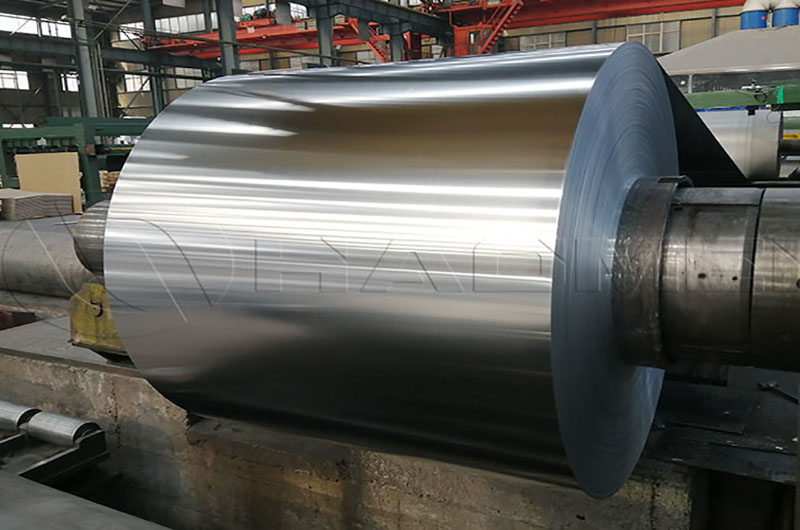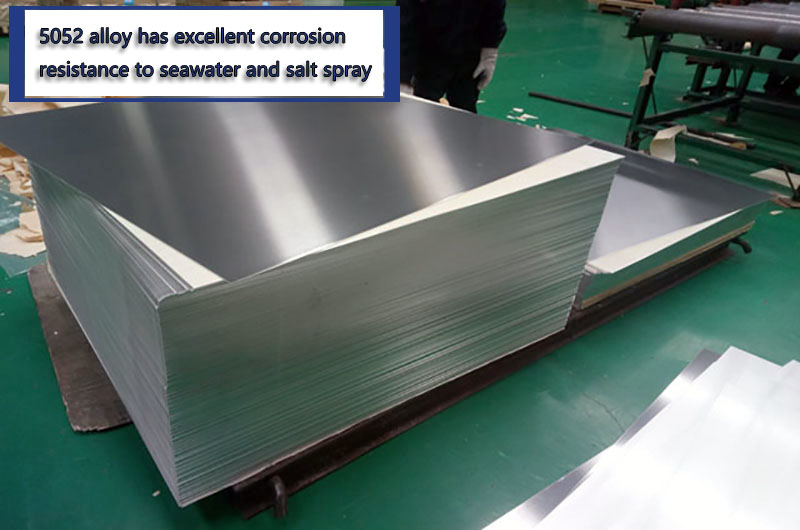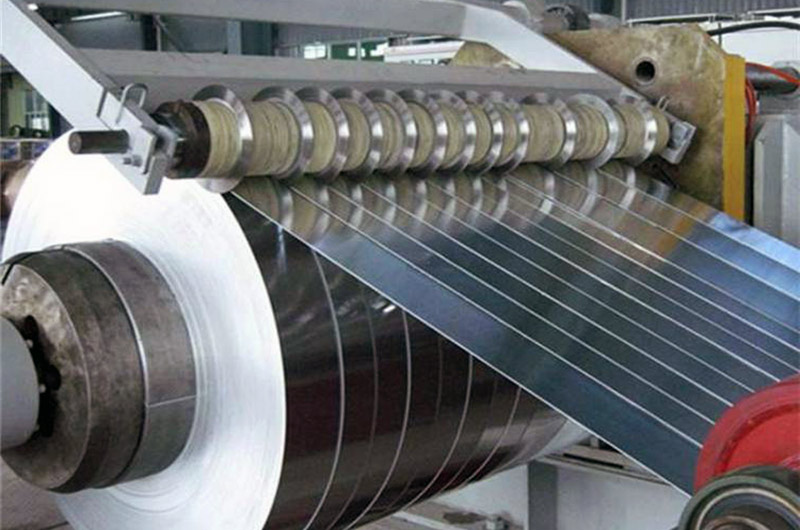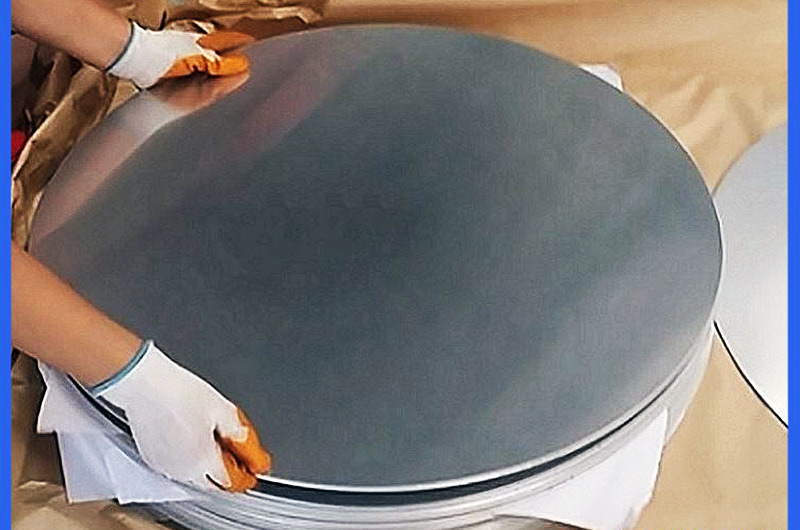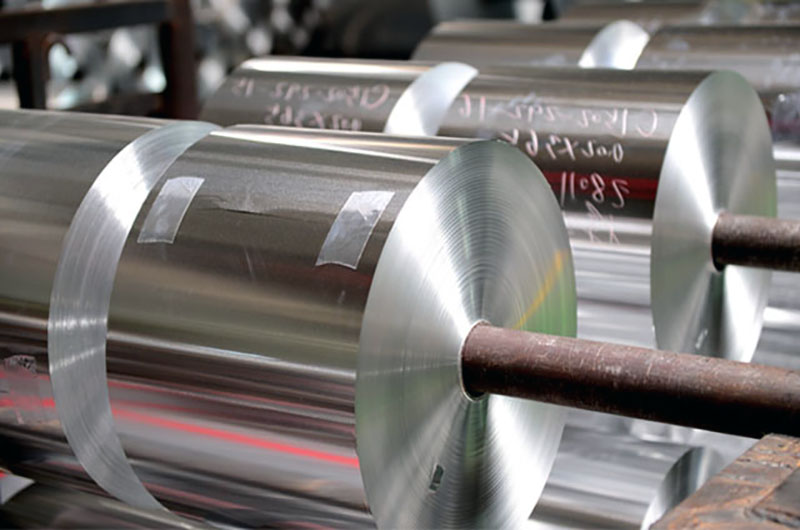- a.Surface treatment
- b. Precision acid etching
- c. Optimization of oxidation process parameters
- d. Maintain stable current density
- e. Correct sealing process
- f. Regular equipment inspection and maintenance
- g. Prevention of mechanical damage
- h. Observe safety measures
With the continuous development of the aluminum product processing industry, anodizing or chemical oxidation methods are increasingly used in industry to generate an oxide film on the surface of aluminum and aluminum alloy parts to achieve the purpose of protection and decoration.
Although aluminum and aluminum alloys can naturally form an oxide film in the atmosphere, the film is thin (40-50A), loose and porous, amorphous, uneven and continuous, and cannot be used as a reliable protection or decoration. sexual membrane layer.
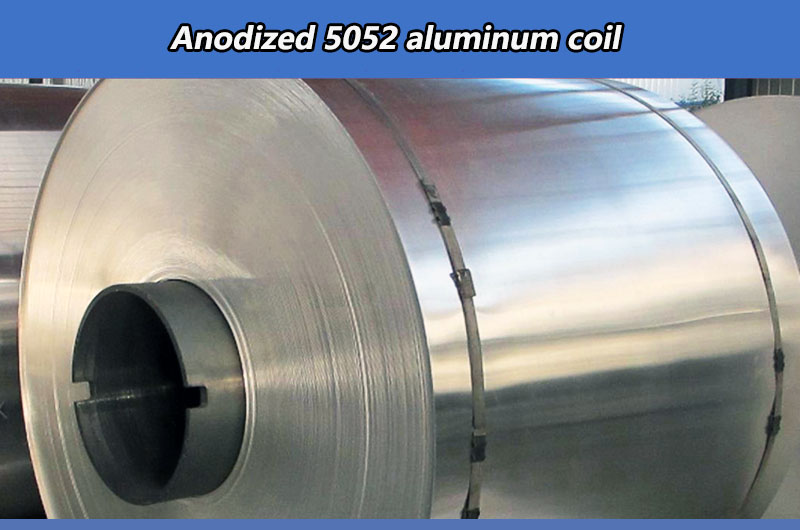
5052 aluminum coils are widely used in various industries, and hard anodizing is a key surface treatment method to enhance its corrosion resistance and mechanical properties. Obtaining a uniform, high-quality hard oxide film on 5052 aluminum coils requires careful consideration of several key technologies.
a.Surface treatment
The basis for successful hard anodizing lies in the thorough preparation of the aluminum surface. Adequate cleaning is essential to remove contaminants such as oil, grease, and dirt. Using appropriate cleaning agents and methods, such as caustic washing, ensures that surfaces are clean and free of impurities.
b. Precision acid etching
Acid etching is a common pre-treatment step to remove surface oxides and impurities. Precise control of acid concentration, temperature and treatment duration is critical to prevent excessive corrosion or under-treatment. Achieving the right balance ensures the best possible surface for subsequent hard anodizing.
c. Optimization of oxidation process parameters
Controlling the parameters of the oxidation process is crucial for hard anodizing. Factors such as the temperature of the oxidizing solution, current density and process duration must be carefully adjusted based on the properties of 5052 aluminum. This optimization ensures the formation of a uniform, dense oxide layer.
d. Maintain stable current density
Stability of current density during hard anodization is critical to achieving consistent oxide layer thickness. Variations in current density can cause uneven oxidation coatings, highlighting the importance of maintaining a stable electrical environment during anodization.
e. Correct sealing process
After hard anodizing, proper sealing technology can be used to enhance the sealing and corrosion resistance of the oxide layer. Sealing methods and parameters should be selected to meet the specific requirements of the application and help improve performance and durability.
f. Regular equipment inspection and maintenance
Routine inspection and maintenance of hard anodizing equipment is critical to ensuring it operates optimally. Monitoring equipment status and resolving any issues promptly contributes to the reliability and consistency of the anodizing process.
g. Prevention of mechanical damage
Throughout the hard anodizing process and subsequent processing, it is crucial to avoid mechanical damage to the surface of the 5052 aluminum coil. Scratches or impacts can damage the integrity of the oxide layer, negatively affecting its performance. Taking careful handling measures can minimize the risk of mechanical damage.
h. Observe safety measures
During the hard anodizing process, it is crucial to prioritize safety measures. Operators should wear appropriate protective equipment and follow safety procedures for chemical handling. This ensures a safe working environment and reduces the risk of accidents.
In conclusion, successfully hard anodizing 5052 aluminum coils requires a combination of advanced technology and meticulous attention to detail. By optimizing surface treatment, etching, oxidation parameters, current density control, sealing processes, equipment maintenance and safety measures, manufacturers can consistently produce high-quality aluminum with enhanced corrosion resistance and mechanical properties.
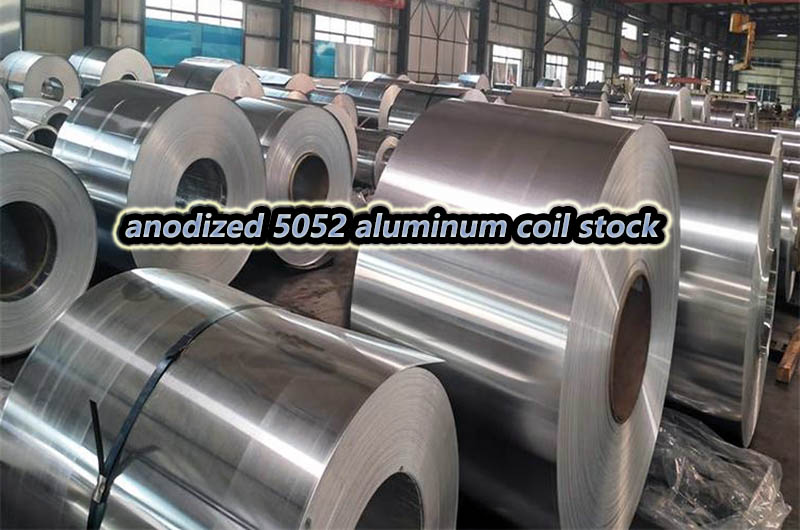
1. The thickness of the oxide film obtained by chemical oxidation treatment is generally 0.3 to 4um, and its softness, wear resistance and corrosion resistance are lower than those of the anodized film. Therefore, it is rarely used alone except for special purposes. However, it has good adsorption capacity, and painting on its surface can effectively improve the corrosion resistance and decorative properties of aluminum products.
2. The thickness of the oxide film obtained by anodizing treatment is generally 5-20v m, and the thickness of the hard anodized film can reach 60-2500m. Its film layer also has the following characteristics:
- (1) It has good insulation properties. The anodized film of aluminum and aluminum alloys no longer has the conductive properties of metal and has become a good insulating material.
- (2) It has strong adsorption capacity. The anodized film of aluminum and aluminum alloys has a porous structure and has strong adsorption capacity, so filling the pores with various pigments, lubricants, resins, etc. can further improve the protection, insulation, wear resistance and decorative properties of aluminum products.
- (3) Strong insulation and heat resistance. This is because the thermal conductivity of the anodized film is much lower than that of pure aluminum. The anodized film can withstand temperatures of about 1500°C, while pure aluminum can only withstand 660°C. To sum up, the oxide film formed on the surface of aluminum and aluminum alloys after chemical oxidation treatment, especially anodization treatment, has good protective and decorative properties. Therefore, it is widely used in aviation, electrical, electronics, machinery manufacturing and light industry.
- (4) Higher hardness. The hardness of pure aluminum oxide film is higher than that of aluminum alloy oxide film. Usually, its hardness is related to the alloy composition of aluminum and the technical conditions of the electrolyte during anodization. The anodized film not only has higher hardness, but also has better wear resistance. In particular, the porous oxide film on the surface layer has the ability to absorb lubricants and can further improve the wear resistance of the surface.
- (5) Has high corrosion resistance. This is due to the high chemical stability of the anodized film. After testing, the anodized film of pure aluminum has better corrosion resistance than the anodized film of aluminum alloy. This is because the alloy components contain or form metal compounds that cannot be oxidized or dissolved, causing the oxide film to be discontinuous or create gaps, thereby greatly reducing the corrosion resistance of the oxide film. Therefore, generally the film obtained after anodization must be sealed to improve its corrosion resistance.
Informations you may be interested in:
- How to clean anodized aluminum sheet coil roll
- Reasons for irregular oxide film of alloy aluminum coil
- What are the advantages of continuous anodized aluminum sheet coils as building materials?
- What is anodized aluminum sheet coil?
- 5 features continuous thick film anodized aluminum coils
- Haomei Aluminum An Overview of the Different Types of Aluminum Coil Stock

